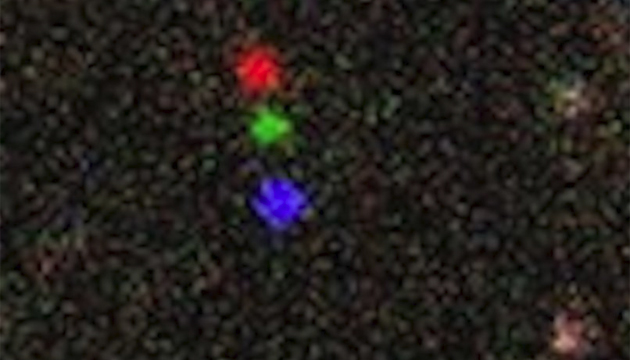
Some of us come from the generation who were taught that there were nine planets. Today, every eight-year-old can tell you there are only eight (as there have been their entire lives, ever since Pluto was conscripted into the troop of dwarf planets). But will the generation that is coming into the world today know more than eight, more than nine, solar planets? Some recent observations make this prospect sound like a strong possibility.
In March, the discovery of an object called 2012 VP113, which may eventually fall under the classification of dwarf planet, was announced and joined a small group of other distant rocky bodies that have unusually aligned orbital paths. These objects are too small to have come to this alignment through mutual gravitational attraction, suggesting that a stronger gravitational source is orchestrating their motions.
More recently, a research team in Spain has reexamined the orbital characteristics of this fleet and dug up more unusual patterns of behavior that suggests not one, but two distant massive solar planets may be at play. Not only did the researchers confirm the strangely aligned orbits of the small rocky objects, they found that some of them travel in very similar and greatly elongated paths — suggesting a pattern of orbital “resonance” with the unseen planets. An example of orbital resonance can be seen in a relationship between Neptune and Pluto, where Pluto has been tugged into a cadence of two orbits for every three of Neptune’s.
The two planetary players in this vast game of night tennis would circle the sun at around 200 and 250 astronomical units (AU, where 1 AU equals 93 million miles, the sun-Earth distance) in nearly circular orbits, and each be considerably more massive than the Earth.
We have not seen these planets directly; we have only inferred their existence and properties through observations of the smaller objects they influence, and only when those objects were close enough to Earth to be themselves detected. (Imagine watching that game of night tennis with the court lights turned off and with a glow-in-the-dark tennis ball. It’s something like that, maybe…). Though the players are indicated to be sizeable planets, they are over six times farther from us than Neptune and beyond the sight of today’s telescopes.